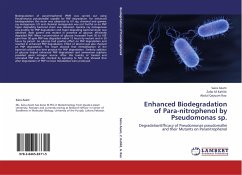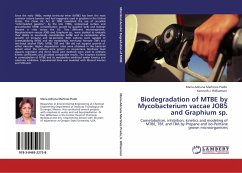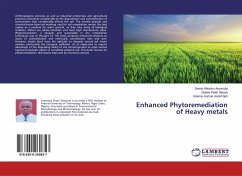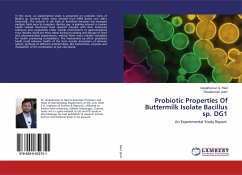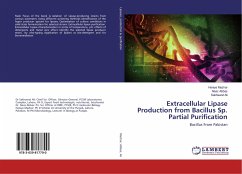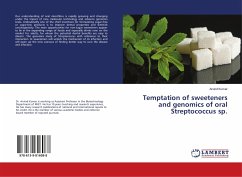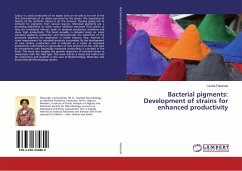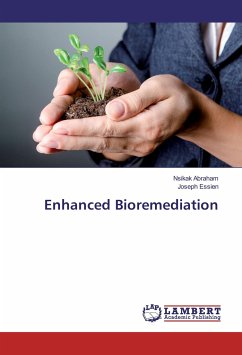Biodegradation of paranitrophenol (PNP) was carried out using Pseudomonas pseudomallei capable for PNP degradation. For enhanced biodegradation this strain was subjected to UV ray, chemical and gamma ray mutagenesis. UV and chemical mutagenesis was not fruitful as no PNP hyper degrading bacterial strain was obtained. Gamma ray mutagenesis was positive for PNP degradation and hyper degrading bacterial strain was obtained. Both parent and mutant in presence of glucose, efficiently degraded PNP. When concentration of glucose increased from 50 to 100 ppm then 50 ppm PNP was degraded within 12 hours by mutant and in 20 hours by parent. So glucose had positive effect on PNP degradation and resulted in enhanced PNP degradation. Effect of phenol was also checked on PNP degradation. The result showed that immobilization of the bacterial culture was best practice for PNP degradation. Similarly addition of glucose helped enhanced PNP degradation and ammonium sulphate provided good nitrogen source. After this toxicity of treated and untreated PNP was also checked by exposing to fish, that showed that after degradation of PNP no toxic metabolites were produced.
Bitte wählen Sie Ihr Anliegen aus.
Rechnungen
Retourenschein anfordern
Bestellstatus
Storno

